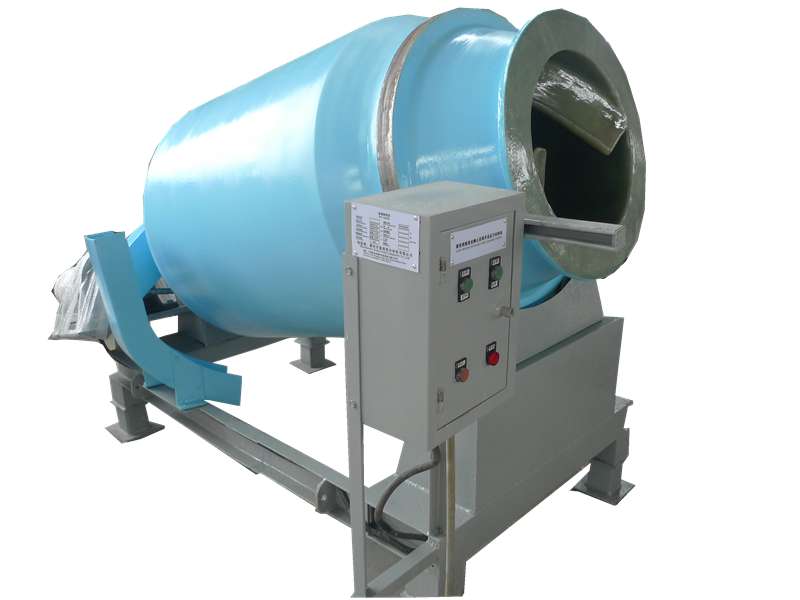
-
 Afrikaans
Afrikaans -
 Albanian
Albanian -
 Amharic
Amharic -
 Arabic
Arabic -
 Armenian
Armenian -
 Azerbaijani
Azerbaijani -
 Basque
Basque -
 Belarusian
Belarusian -
 Bengali
Bengali -
 Bosnian
Bosnian -
 Bulgarian
Bulgarian -
 Catalan
Catalan -
 Cebuano
Cebuano -
 China
China -
 China (Taiwan)
China (Taiwan) -
 Corsican
Corsican -
 Croatian
Croatian -
 Czech
Czech -
 Danish
Danish -
 Dutch
Dutch -
 English
English -
 Esperanto
Esperanto -
 Estonian
Estonian -
 Finnish
Finnish -
 French
French -
 Frisian
Frisian -
 Galician
Galician -
 Georgian
Georgian -
 German
German -
 Greek
Greek -
 Gujarati
Gujarati -
 Haitian Creole
Haitian Creole -
 hausa
hausa -
 hawaiian
hawaiian -
 Hebrew
Hebrew -
 Hindi
Hindi -
 Miao
Miao -
 Hungarian
Hungarian -
 Icelandic
Icelandic -
 igbo
igbo -
 Indonesian
Indonesian -
 irish
irish -
 Italian
Italian -
 Japanese
Japanese -
 Javanese
Javanese -
 Kannada
Kannada -
 kazakh
kazakh -
 Khmer
Khmer -
 Rwandese
Rwandese -
 Korean
Korean -
 Kurdish
Kurdish -
 Kyrgyz
Kyrgyz -
 Lao
Lao -
 Latin
Latin -
 Latvian
Latvian -
 Lithuanian
Lithuanian -
 Luxembourgish
Luxembourgish -
 Macedonian
Macedonian -
 Malgashi
Malgashi -
 Malay
Malay -
 Malayalam
Malayalam -
 Maltese
Maltese -
 Maori
Maori -
 Marathi
Marathi -
 Mongolian
Mongolian -
 Myanmar
Myanmar -
 Nepali
Nepali -
 Norwegian
Norwegian -
 Norwegian
Norwegian -
 Occitan
Occitan -
 Pashto
Pashto -
 Persian
Persian -
 Polish
Polish -
 Portuguese
Portuguese -
 Punjabi
Punjabi -
 Romanian
Romanian -
 Russian
Russian -
 Samoan
Samoan -
 Scottish Gaelic
Scottish Gaelic -
 Serbian
Serbian -
 Sesotho
Sesotho -
 Shona
Shona -
 Sindhi
Sindhi -
 Sinhala
Sinhala -
 Slovak
Slovak -
 Slovenian
Slovenian -
 Somali
Somali -
 Spanish
Spanish -
 Sundanese
Sundanese -
 Swahili
Swahili -
 Swedish
Swedish -
 Tagalog
Tagalog -
 Tajik
Tajik -
 Tamil
Tamil -
 Tatar
Tatar -
 Telugu
Telugu -
 Thai
Thai -
 Turkish
Turkish -
 Turkmen
Turkmen -
 Ukrainian
Ukrainian -
 Urdu
Urdu -
 Uighur
Uighur -
 Uzbek
Uzbek -
 Vietnamese
Vietnamese -
 Welsh
Welsh -
 Bantu
Bantu -
 Yiddish
Yiddish -
 Yoruba
Yoruba -
 Zulu
Zulu
acid storage tank
Understanding Acid Storage Tanks Importance, Design, and Safety
Acid storage tanks play a critical role in various industrial processes, including chemical manufacturing, wastewater treatment, and oil refining. These tanks are specifically designed to safely contain corrosive acids, which require special materials and construction methods to prevent leaks and ensure the safety of both personnel and the environment.
One of the primary considerations in designing an acid storage tank is the selection of materials. Common materials used include stainless steel, fiberglass-reinforced plastics, and specialized coatings that can resist corrosion from the acids stored within. The thickness of the tank walls and the type of lining applied are also crucial factors that determine the tank's durability and lifespan. For instance, tanks storing hydrochloric acid might require different specifications compared to those used for sulfuric acid, as these substances have unique corrosive characteristics.
In addition to material considerations, the design of an acid storage tank must comply with various safety regulations and standards
. Regulatory bodies often enforce stringent guidelines regarding tank design, installation, and maintenance to minimize the risk of leaks and spills. Proper tank design also includes features such as secondary containment systems to capture any potential leaks and regular inspections to ensure ongoing integrity.acid storage tank

Another essential aspect of acid storage tanks is their location and environmental considerations. Careful planning is needed to prevent environmental contamination in case of a failure. This involves situating tanks away from water supplies and sensitive ecosystems. Furthermore, implementing monitoring systems can provide real-time alerts for any unusual changes in pressure or levels, ensuring prompt response in case of an incident.
Safety protocols for personnel working with acid storage tanks are equally crucial. This includes comprehensive training on handling corrosive substances, personal protective equipment (PPE) requirements, and emergency response procedures. Facilities must also ensure that proper ventilation is in place to mitigate the risks associated with any fumes that may escape from the tanks.
In summary, acid storage tanks are vital components in numerous industrial operations, requiring careful consideration in their design, material selection, and safety measures. As industries evolve and regulations become stricter, the focus on improving tank technology and safety standards continues to grow, ensuring that acid storage remains safe and environmentally responsible. As we advance technologically, it is imperative that we stay vigilant about the best practices surrounding acid storage to protect both workers and the environment.









